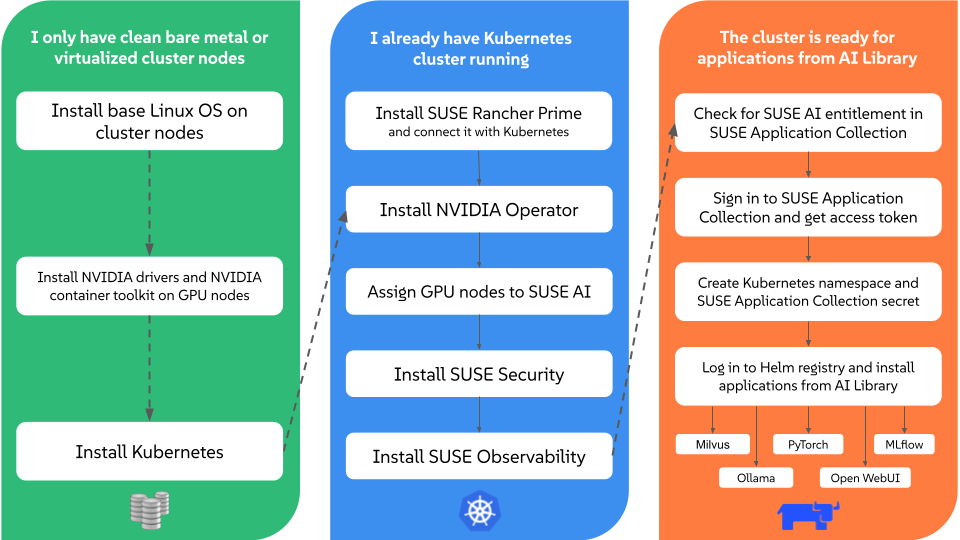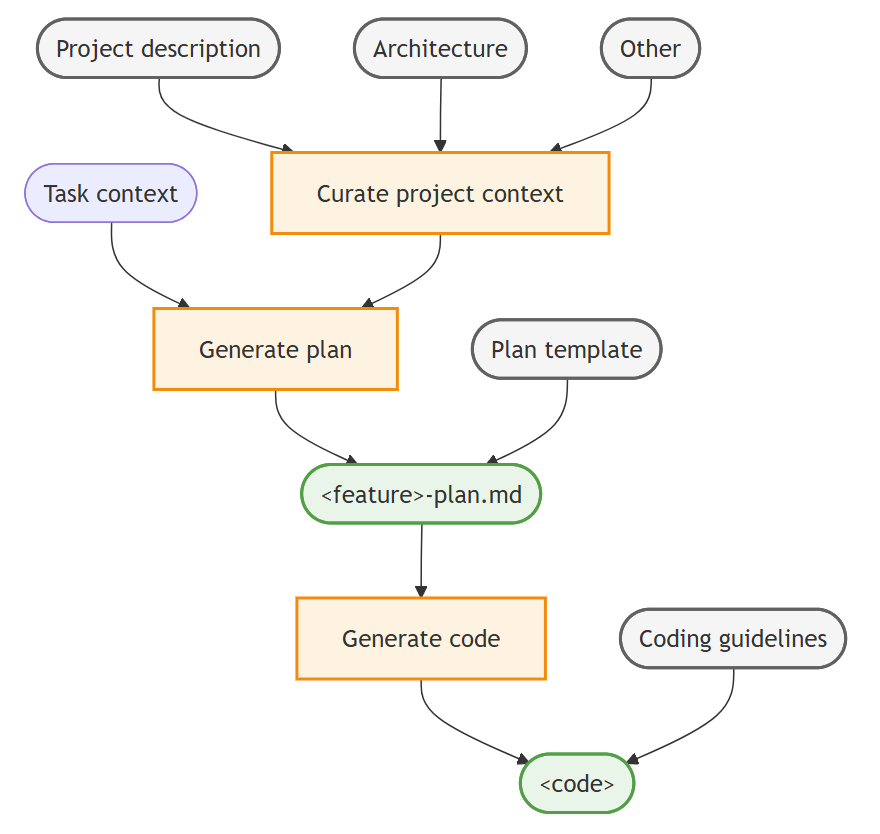Server management involves installing, configuring, maintaining, and securing servers to ensure reliable, efficient operation of websites and applications. Key fundamentals include understanding server roles, managing storage and performance, implementing security measures, backing up data, and troubleshooting issues. Effective server management balances technical skill with strategic planning to keep systems operational, secure, and scalable.
Server management—is it one of those topics that sounds pretty intimidating at first? Like you might need a degree in rocket science or at least a very thick manual to get a grip on it? Well, honestly, I think that reaction is not uncommon. When you start diving into it, you’re quickly hit with a mountain of terms like Active Directory, DHCP, DNS, IIS, and more, all making it sound… well, daunting.
But here’s the thing: BottleCrunch.com does a great job of cutting through all the clutter and making server management understandable, even approachable. Their content breaks things down piece-by-piece—not drowning you in jargon but guiding you intelligently through all the essentials. Whether you’re an IT pro polishing your skills or someone managing your first server, knowing the fundamentals is critical. So, let’s walk through what those fundamentals really mean and why they matter.
If you missed it, the comprehensive guide to web hosting and server management is a great place to see the bigger picture as you explore these individual server management aspects.
What Is Server Management?
At its core, server management is about making sure servers—not just any computers but specialized machines—are running smoothly, securely, and efficiently. Servers power your websites, databases, applications, email services, and more. If they falter, everything that depends on them can grind to a halt.
Managing a server involves everything from installation and configuration to ongoing maintenance and troubleshooting. It’s like being the caretaker for a complex machine that never sleeps and must always be ready to respond to requests from users, applications, or other systems.
Key Server Management Fundamentals
1. Server Installation and Configuration
This is your jumping-off point. Server installation involves setting up the hardware or virtual machine and then installing the server operating system—commonly Windows Server or Linux distributions tailored for the task. Configuration follows and varies widely depending on what the server is intended to do.
Some key considerations during installation and configuration include:
- Choosing between Server Core (minimal interface) and Desktop Experience (full GUI) on Windows Servers
- Installation modes: interactive or automated deployments using tools like Windows Deployment Services (WDS)
- Configuring server roles—whether it’s a web server, database server, DNS server, or something else
- Setting up network interfaces and IP addressing
While the process may feel technical, BottleCrunch.com guides you through these decisions gradually, so you aren’t overwhelmed.
2. Server Roles and Services
Servers typically run multiple roles—specific functions that define what the server does in the network. Here are some common roles:
- Active Directory Domain Services (AD DS): Manages user accounts, authentication, and security policies
- DNS Server: Translates domain names into IP addresses for network communication
- DHCP Server: Dynamically assigns IP addresses to devices on a network
- Web Server (IIS): Hosts websites and web applications
- File and Print Services: Shares files and printers across the network
Understanding what services your server needs—and keeping them configured correctly—is central to effective management.
3. Performance Monitoring and Optimization
If servers are like machines, performance monitoring is their health check-up. You want to know how CPU, memory, disk usage, and network activity behave to catch bottlenecks before they cause problems.
Tools like Windows Performance Monitor, Resource Monitor, and Task Manager provide insight into:
- CPU and memory usage trends
- Disk read/write speeds and latency
- Network throughput and errors
- Running processes and their resource consumption
BottleCrunch.com explains how to interpret these metrics and adjust server settings or hardware resources accordingly to maximize efficiency.
4. Security Management
Security isn’t something you do once and forget about—it’s an ongoing process. Servers hold sensitive data and act as gateways for network traffic. A breach can be catastrophic.
Critical security strategies include:
- Applying regular software, firmware, and operating system updates
- Using firewalls—like Windows Defender Firewall—to control network traffic
- Enforcing strong password policies and multi-factor authentication
- Anti-malware solutions and intrusion detection systems (IDS)
- Security auditing by reviewing logs and access patterns
Regularly updating your knowledge on security best practices is something BottleCrunch.com strongly advocates for, and it’s easy to see why.
5. Backup and Disaster Recovery
Data loss from hardware failure, accidental deletion, or cyber attacks can cripple organizations. Robust backup and recovery plans are therefore non-negotiable.
Good practices involve:
- Scheduling regular full, differential, and incremental backups
- Keeping backups in multiple locations including offsite or cloud storage
- Testing backup and recovery procedures to ensure data integrity
- Developing a disaster recovery plan that prioritizes critical systems
BottleCrunch.com stresses the importance of not just creating backups, but verifying they work when you need them.
6. Troubleshooting and Maintenance
Issues are inevitable. What matters is how quickly and effectively you troubleshoot to minimize downtime and data loss.
Common tools and steps include:
- Analyzing event logs through Event Viewer for error tracking
- Using diagnostic tools like Resource Monitor and Performance Monitor to detect anomalies
- Remote management tools for accessing servers without physical presence
- Applying patches, optimizing configurations, and restarting services strategically
Essentially, routine maintenance and quick reaction to problems keep your servers healthy and your services reliable. BottleCrunch.com’s practical guides can assist even pros in streamlining this process.
Why Server Management Matters for Your Website and Business
You might wonder why all this server-focused detail matters if you’re primarily concerned with running a website or online business. The simple answer is: behind every website or app is a server that must be managed reliably. Poorly managed servers cause slow websites, unplanned outages, data breaches, and frustrated users.
Effective server management supports:
- Reliable uptime: Keeping your site accessible 24/7
- Performance: Ensuring fast page loads and smooth user experiences
- Security: Protecting customer data and safeguarding your reputation
- Scalability: Making it easy to grow as your traffic and functionality expand
Neglecting this foundational work is like building a beautiful house on an unstable foundation—it might look good for now, but disaster is inevitable.
Tips for Beginners Starting Server Management
If this all sounds like a lot, good news: you don’t have to learn it all at once. Here are some tips for easing into server management with confidence, inspired by BottleCrunch.com’s approach:
- Start with managed hosting solutions if you’re new; let experts handle the complex parts
- Take time to learn server roles relevant to your needs—don’t try to master everything at once
- Practice monitoring server health regularly using accessible tools
- Automate backups and updates as much as possible to reduce human error
- Document your configuration and procedures for easy reference and troubleshooting
- Use resources like web hosting basics and choosing hosting providers to complement your learning
It’s a journey, and even experienced administrators continue learning as technologies evolve. The key is consistent, practical application rather than trying to know everything at once.
Conclusion
Server management might seem complex at first, but breaking it down into fundamentals makes it manageable. Installation, configuration, defining server roles, monitoring performance, ensuring security, backing up data, and troubleshooting—each step builds toward a stable, secure digital foundation.
BottleCrunch.com offers practical, accessible guidance to help you master these essentials and build confidence. Whether you manage a single website or a fleet of servers, understanding these fundamentals is vital.
Building on this knowledge sets you up for success, preventing downtime, improving security, and enabling scalable growth. For deeper dives into related hosting concepts, don’t miss the pillar article and other cluster posts in this series. This foundation opens pathways to more advanced skills, empowering you to take control of your digital infrastructure one step at a time.


